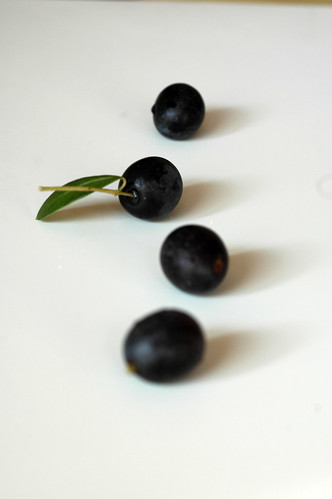 Sweet, sour, salty, and bitter are the four tastes recognized on the palate in the Western world. In Japan, it has long been accepted that there is a fifth: umami. What exactly is umami, and can it change your life? I went to an expert, Jacqueline B. Marcus, to set the record straight. A registered dietitian and nutrition consultant based in the Chicago area, Jacqueline speaks around the world on the topic of umami.
Sweet, sour, salty, and bitter are the four tastes recognized on the palate in the Western world. In Japan, it has long been accepted that there is a fifth: umami. What exactly is umami, and can it change your life? I went to an expert, Jacqueline B. Marcus, to set the record straight. A registered dietitian and nutrition consultant based in the Chicago area, Jacqueline speaks around the world on the topic of umami.First of all, there are taste receptors all over the mouth for sweet, sour, salty, bitter—and, yes, umami. “Umami is perceived as savory or meatiness,” Marcus says. “Examples in the Western world include Parmesan cheese or ripe tomatoes.” In Japan there are several examples of umami-rich food including kombu, katsuobushi (smoked bonito) and niboshi (dried sardines). Voila—these are the basic components of dashi, the essential stock without which Japanese cuisine would not exist. Umami is an integral part of Japanese cooking, and you’ll find it in miso soup or anything cooked with dashi.
Read the rest of this article here.

No comments:
Post a Comment